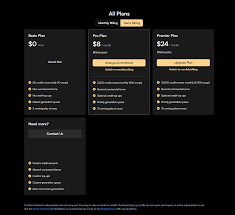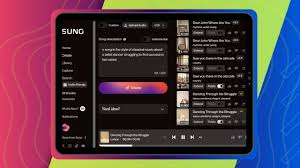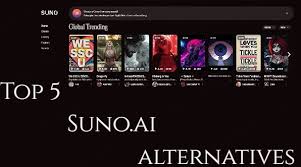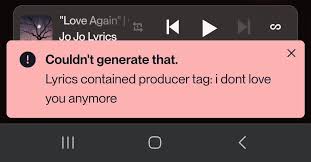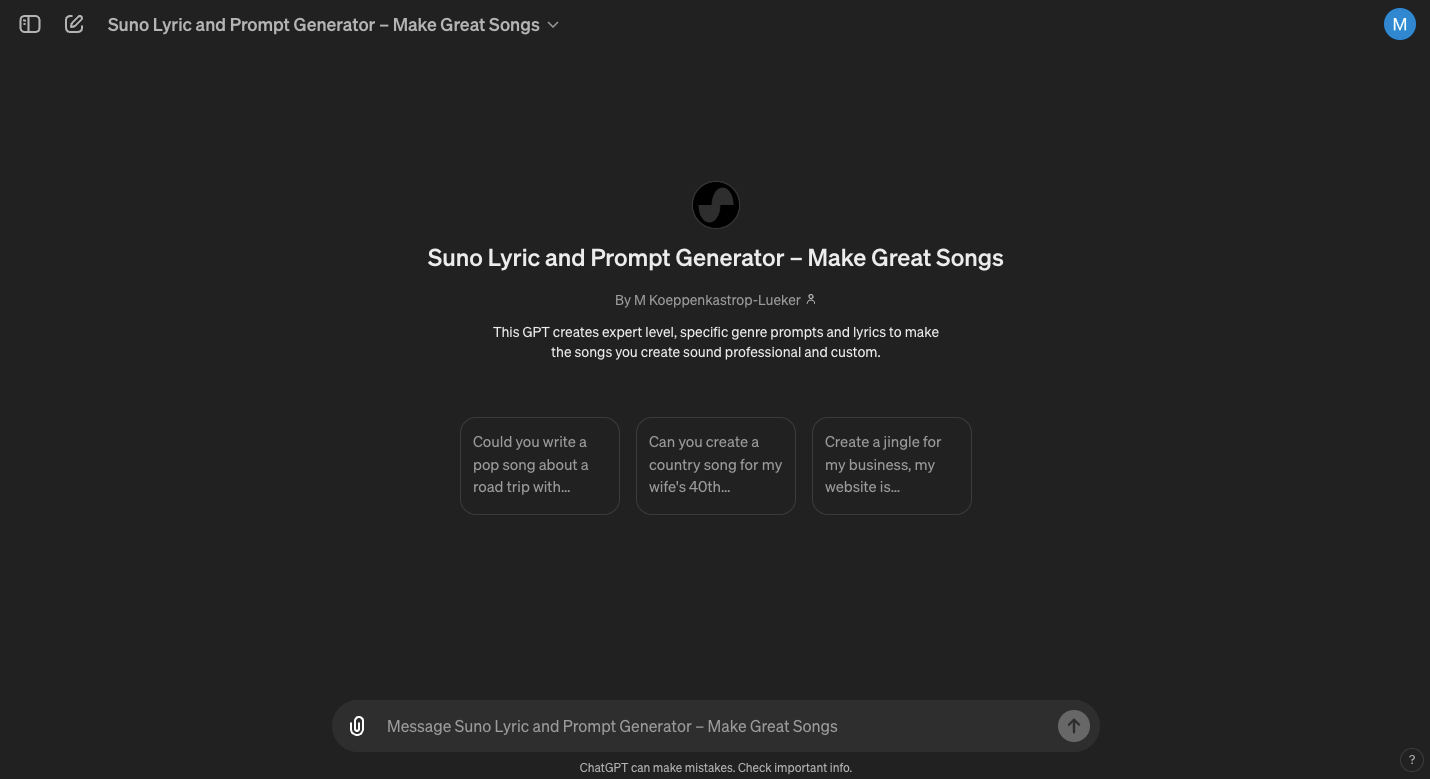Wondering how Suno trains its AI to generate realistic songs with vocals and instrumentation? While there's no public white paper, legal filings, community reports, and code repositories provide a clear picture. This article explores how Suno’s AI is built on massive training data, how it maintains voice and instrument quality, and what legal risks come with its approach.

Training Data: “All Music Files on the Internet”
In a federal court filing, Suno admitted its model was trained on “essentially all music files of reasonable quality that are accessible on the open internet”, numbering in the tens of millions. That means Suno scraped vast public music databases—MP3s, YouTube audio, SoundCloud tracks—mixing instrumental and vocal files.
One expert, Ed Newton?Rex, confirmed this, noting Suno can produce music strikingly similar to artists like Eminem and Queen 80.lv. As such, Suno believes this broad dataset enables the AI to learn patterns in melody, harmony, and lyrics without directly copying any one song.
Underlying Model Architecture
Suno blends text-to-audio and voice synthesis technologies to create full songs:
It draws from its own open-source Bark model, a transformer-based text-to-audio engine that supports multilingual speech and simple music.
It pairs this with specialized instrument-generating modules, possibly using architectures like OpenVino or similar neural signal generators.
The system is trained to generate all elements—voice and instruments—jointly, allowing it to model the interplay between vocals and backing tracks.
Community threads confirm Suno does not generate MIDI tracks but instead produces raw audio using deep neural nets.
Training Method: Learning vs. Copying
Suno argues its system practices pattern learning—similar to a person absorbing musical styles—not copying verbatim. Using machine learning, it maps input data (music + metadata) to internal representations, then generates new content that shares structural patterns without duplicating exact recordings .
This concept aligns with broader precedent in AI: training on copyrighted material can be legal provided the final product is transformative and original—a point Suno has claimed under fair use.
Public Dataset Released by Community
There’s also an open Suno dataset on Hugging Face, containing 659,788 AI-generated music samples, each with metadata on prompts, model versions, tags, and more huggingface.co. This dataset offers insight into Suno’s generation patterns and provides transparency—but is separate from the proprietary training corpus.
Legal Risk and Industry Pushback
The RIAA, representing Universal, Sony, and Warner Music, sued Suno in June 2024 for copyright infringement—arguing the company unlawfully trained on copyrighted material without licenses, seeking damages up to $150,000 per affected work.
Suno responded by defending its approach as fair use, claiming learning is not infringement and emphasizing that their data sources are publicly accessible.
April 2025, a Massachusetts court ordered Suno to allow inspection of its dataset to verify its representations and methods.
Summary of Training Approach
Massive Data Ingestion: Tens of millions of public music tracks.
Transformer Models: Joint training for voice and instruments (e.g., Bark).
Pattern-Based Learning: Focus on melody, harmony, lyrics—avoiding literal copying.
Open-Source Foundation: Bark model released under MIT license.
Community Dataset: Hugging Face release with 660K samples and metadata.
Conclusion
How does Suno train its AI? It uses deep learning on massive public music data, builds joint models for singing and instruments, and relies on pattern recognition rather than replication. While technically impressive, Suno’s approach has triggered legal challenges. The future of music AI hinges on whether courts will endorse this scale of data learning as legal fair use.
FAQs
Q1: Does Suno use copyrighted music to train?
Yes. Suno’s legal filings confirm it trained on copyrighted music files from the internet
Q2: What models power Suno’s training?
It uses the Bark transformer for voice synthesis and additional neural generators for instrumentation.
Q3: Is Suno’s output original?
Suno argues its generated music is transformative, based on pattern learning rather than direct copying
Q4: What legal risks exist?
Suno is being sued by major music labels in the US, with a Massachusetts court requiring dataset inspection
Q5: Is there any public part of Suno’s training data?
Yes. A community-sourced dataset with ~660,000 generated samples and metadata is available via Hugging Face .
Learn more about AI MUSIC TOOLS

